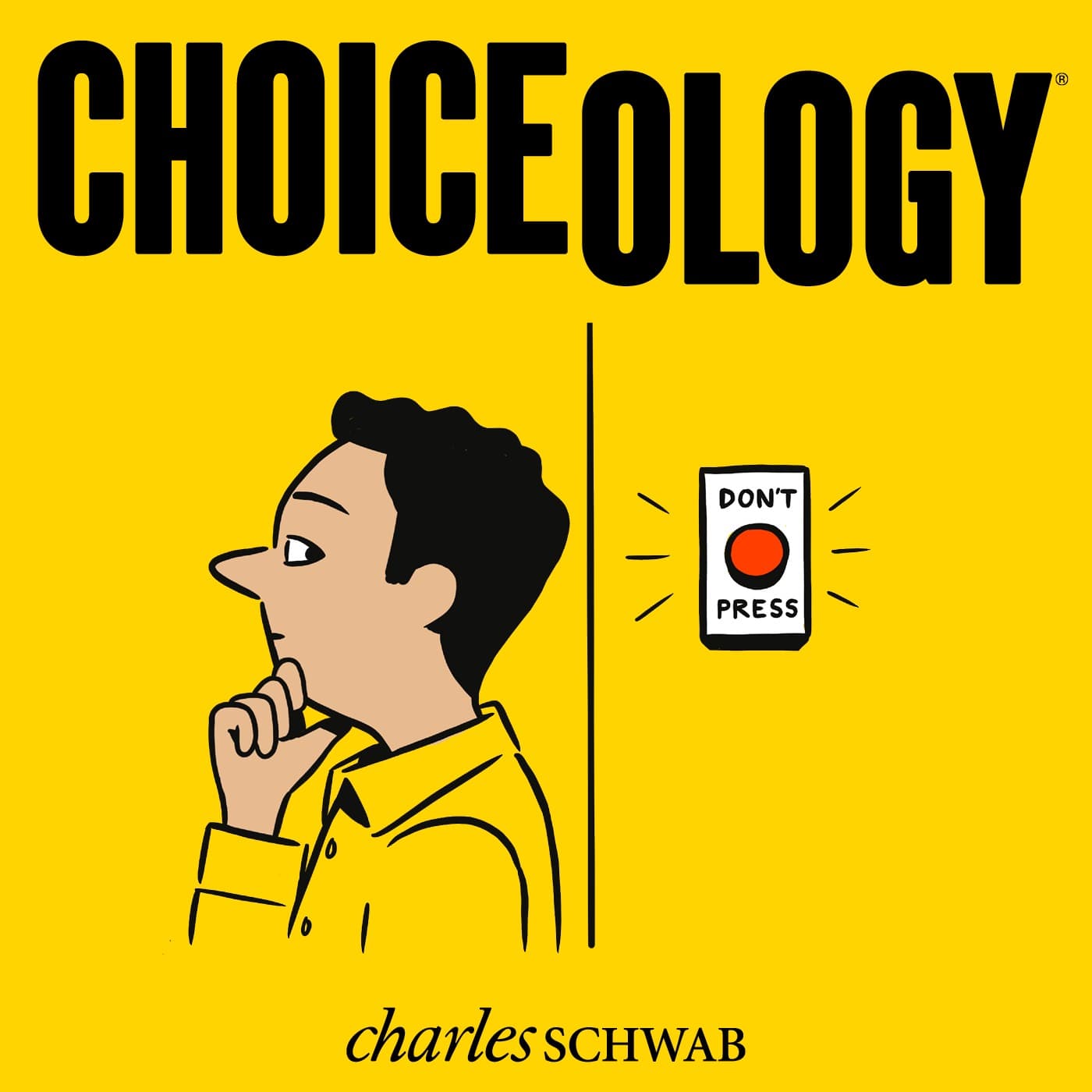Rebel With a Cause: With Guests Francis Kelly & Christopher Bryan
Most parents encounter resistance from their children. Perhaps when the kids are young and turning their noses up at vegetables, or when they're teenagers and balking at curfews or dress codes.
So what's the best way to encourage good choices in the face of a rebellious kid? Or a rebellious adult, for that matter?
In this episode of Choiceology with Katy Milkman, we look at the surprising ways that resistance to authority can be leveraged for positive change.
During the mid 1990s, the "Truth" anti-youth smoking campaign was everywhere. Many TV ads cleverly harnessed the teenage penchant for rebellion, using guerilla filming techniques and revealing hidden truths about smoking known to the tobacco industry for years. The campaign drastically lowered youth smoking rates and remains one of the most effective campaigns in history. Fran Kelly was on the frontlines, leading the advertising campaign at Arnold Worldwide.
Francis "Fran" Kelly is the president and CEO of branding consulting firm CEOVIEW Branding. He was previously the president and CEO of global advertising agency Arnold Worldwide.
Next, Katy speaks with Christopher Bryan about his research on leveraging rebellion as a way to encourage healthy eating among adolescents. You can learn more in his paper titled "Harnessing Adolescent Values to Motivate Healthier Eating."
Christopher Bryan is an associate professor of business, government, and society at the University of Texas at Austin's McCombs School of Business. He is also co-founder and co-director of the Texas Behavioral Science and Policy Institute.
Learn more about behavioral finance.
The comments, views, and opinions expressed in the presentation are those of the speakers and do not necessarily represent the views of Charles Schwab.
Data contained herein from third party providers is obtained from what are considered reliable source. However, its accuracy, completeness or reliability cannot be guaranteed and Charles Schwab & Co. expressly disclaims any liability, including incidental or consequential damages, arising from errors or omissions in this publication.
All corporate names and market data shown above are for illustrative purposes only and are not a recommendation, offer to sell, or a solicitation of an offer to buy any security. Supporting documentation for any claims or statistical information is available upon request.
Investing involves risk including loss of principal.
The book How to Change: The Science of Getting from Where You Are to Where You Want to Be is not affiliated with, sponsored by, or endorsed by Charles Schwab & Co., Inc. (CS&Co.). Charles Schwab & Co., Inc. (CS&Co.) has not reviewed the book and makes no representations about its content.
Apple, the Apple logo, iPad, iPhone, and Apple Podcasts are trademarks of Apple Inc., registered in the U.S. and other countries. App Store is a service mark of Apple Inc.
Spotify and the Spotify logo are registered trademarks of Spotify AB.



